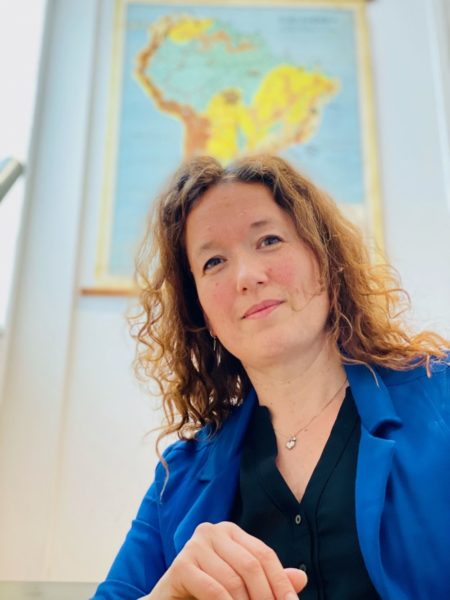How do you develop diverse and inclusive policies at Noorderpoort?
In Noorderpoort's vision, everyone should be able to take the next step. I am investigating whether we can make that happen and, if not, whether we can improve it. Developing a diverse and inclusive policy is something you do together. It starts by holding up a mirror to yourself. We sat down with employees from different departments and functions to come up with the basic principles of the policy. In that session, questions arose. Are we really open to everyone, also in our recruitment and selection? How do we shape citizenship classes? How do we communicate internally and externally, with students? And do we show the diversity we have in house? In the meantime, during my tour of all the locations, I also enter the conversation.
My program consists of parallel processes that hook into each other and at some point ensure that there is more diversity and inclusion in the DNA of Noorderpoort. At least, that is my goal. A broad assignment, which was given even more weight after I took office by the media storm about transgressive behavior and then the war in Ukraine.


 Esmeralda van Boon
Esmeralda van Boon